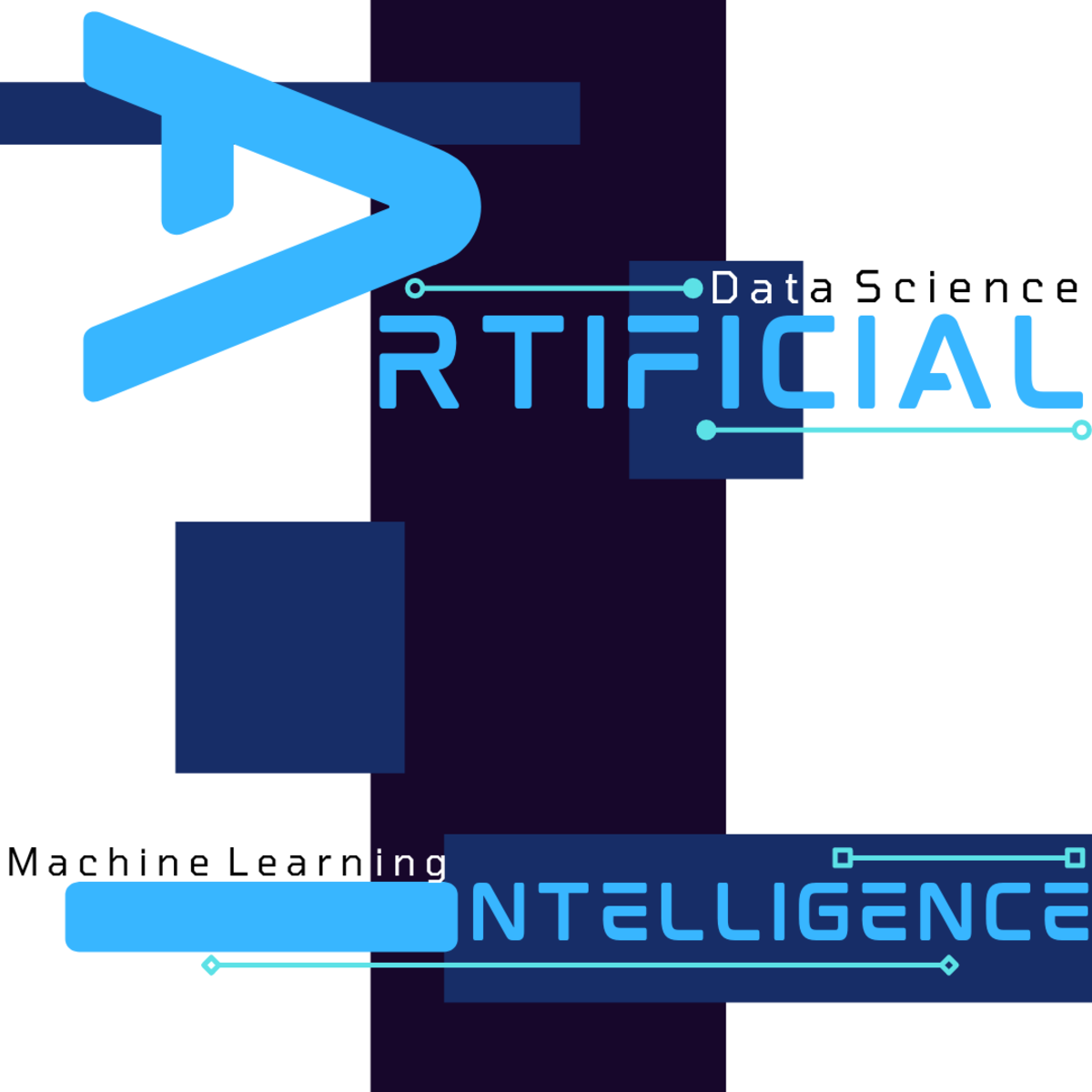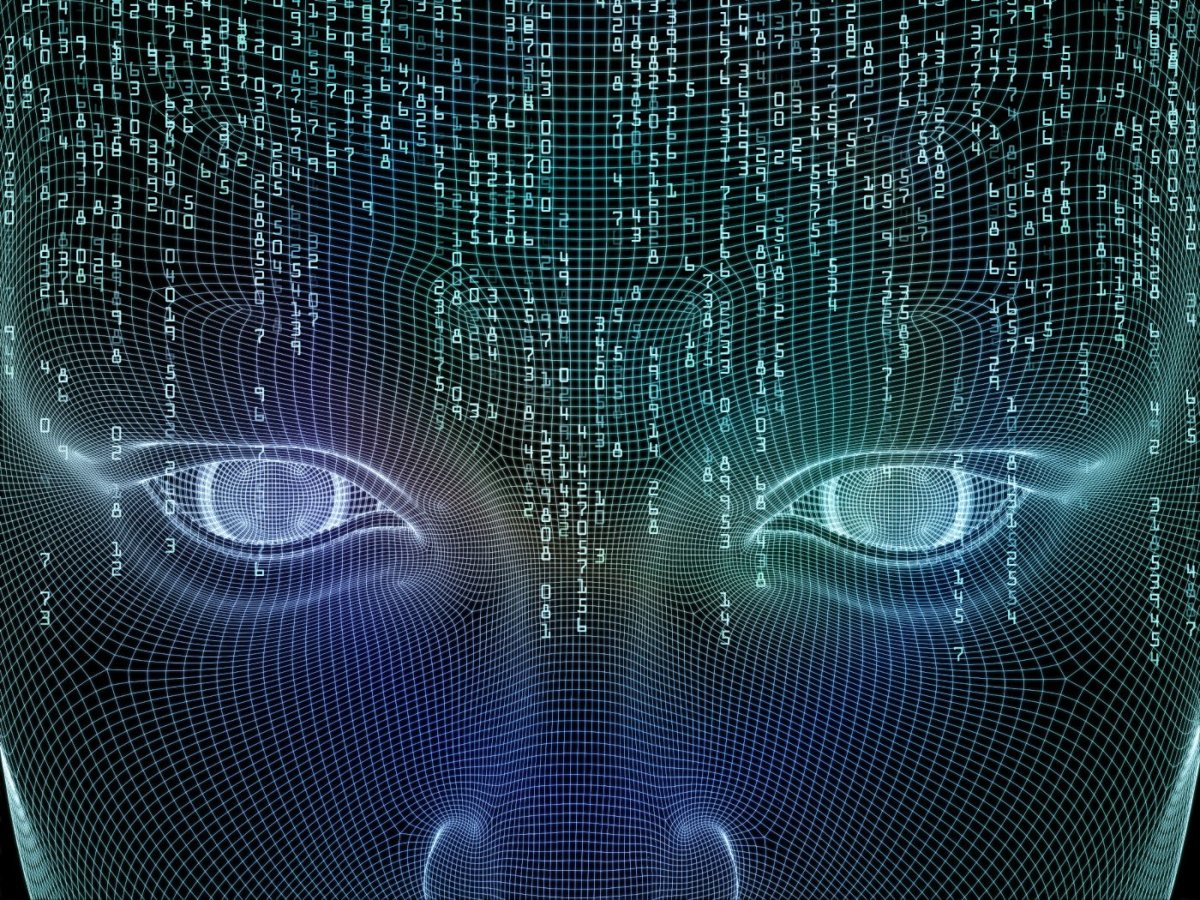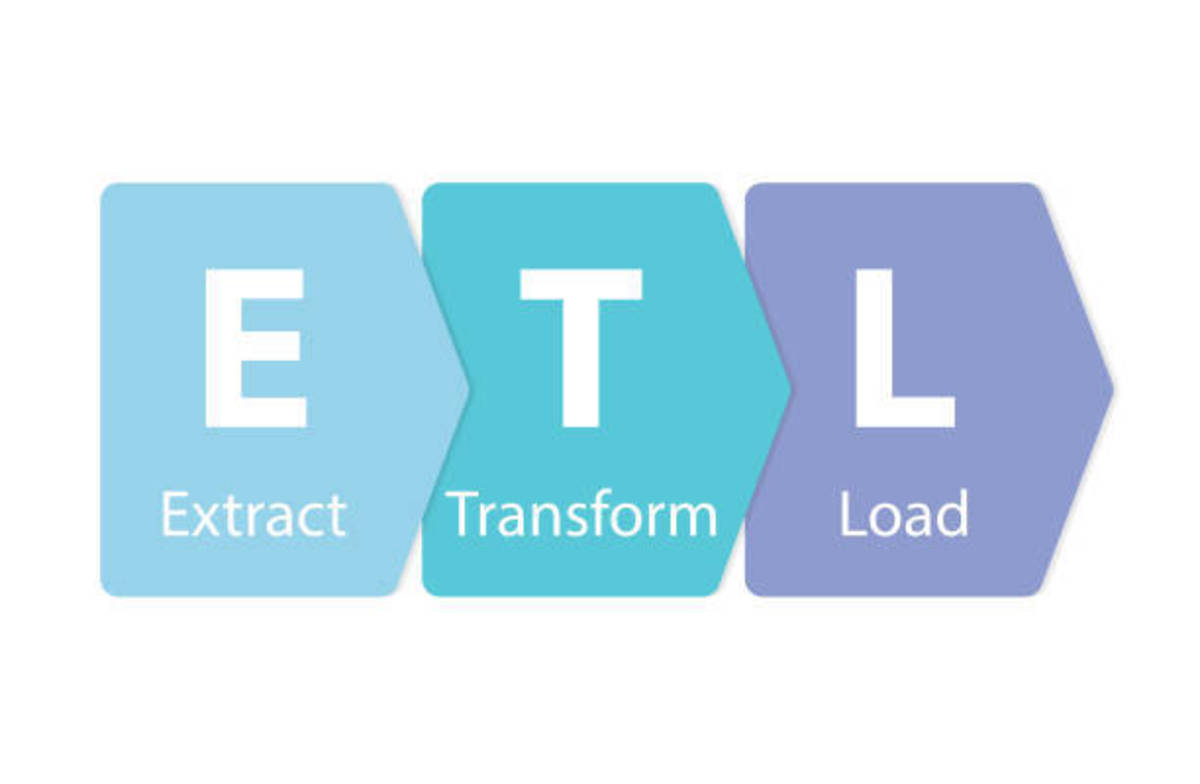Mission Alignment: Forging Blockchain & AI for Improved Efficiency
Blockchain and Artificial Intelligence (AI) are two incredible innovations paving the way to future. Using them in combination can help enterprises in harnessing more value and bringing new efficiencies. Enterprises can set up distributed computing systems and transform business operations in ways we have never seen before. Cognitive and distributed computing can help enterprises in developing new business models and solving many problems.
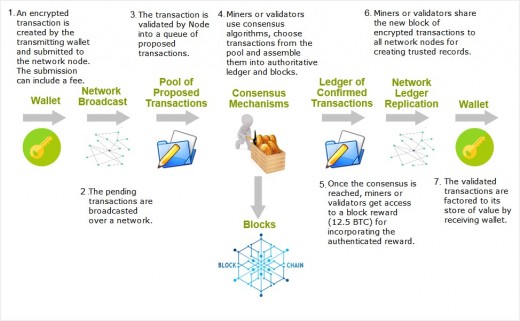
What is Blockchain?
Blockchain is an immutable distributed ledger which enables a new type of internet for storing or recording financial information and everything of value. Parties to a contract can use blocks to store data and lineage of records. Each block holds a cryptographic hash of the previous block which changed automatically when any one block is changed. Mutual consent of the parties is needed to alter the information held by blocks. This makes it nearly impossible for the hackers to breach Blockchain.
There are many benefits of this trust-based networking ecosystem. The information is distributed without a single point of failure. The technology is poised to upend the business operations in banking, healthcare, insurance, and many other industries.

What is Artificial Intelligence?
Artificial Intelligence is used in context of those technology solutions or machines that use neural networks and deep learning concepts to perform intelligent tasks. These computing systems demonstrate human behavior. In other words, it is a software that exhibits intelligence to advise humans.
How Blockchain and AI Fusion Helps in Reaching Business Benefits?
AI and Blockchain are two powerful technologies and they can help enterprises in setting up a future-ready IT architecture. Blockchain integration with AI can be a blockbuster proposition for business partners. This combination can help technologies in setting up improved business models, making intelligent predictions, safeguarding intellectual property rights, and accomplishing transparent governance. Business leaders can get access to many business benefits downstream:

Encrypted AI: End-to-end integration between AI and Blockchain ensures high-level encryption of intelligence at all levels. Information stored in blocks can provide high-level security to sensitive data. Processing business critical data will becomes fast and smooth without any friction. This will be a game-changing capability for all industries. Healthcare players can make accurate and faster diagnosis of medical records and scans. Processing insurance and loan documents will become much easier.
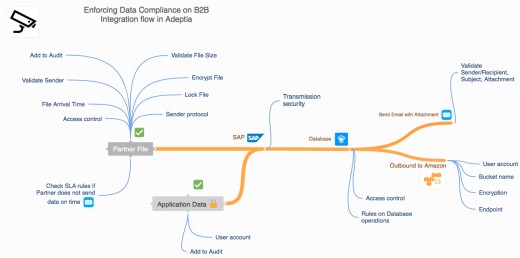
Next Level Compliance Management: With Blockchain and AI integration, teams get several capabilities out-of-the-box for compliance management. In conventional computing, businesses spend huge amount of time in safeguarding the sensitive customer-centric data which they collect. The biggest challenge is updating the data security arrangements as hackers continue to envision new methods for intrusion. With Blockchain led AI, Technology leaders don’t have to spend huge money on updating all the security triggers. And only private triggers should be kept safe. Enterprises can maintain a clean lineage of data and adhere to all compliances like General Data Protection Regulation (GDPR), Health Insurance Portability and Accountability Act (HIPAA), etc.
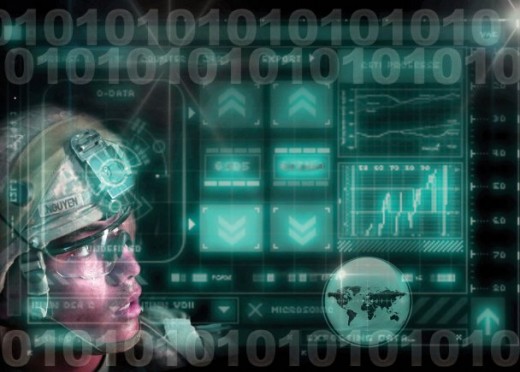
Intelligent Computing: It is true that AI offers many unique advantages, but it lacks trust based computing capabilities. Sometimes, it is hard to understand the decisions made by machines as they are capable of performing large variables independently. Blockchain can help AI in overcoming this weakness. With features like trust computing and smart contracts, it can store data in a lineage and prevent fraudulent transactions.
Information in Blockchain will be help on a datapoint-by-datapoint format. Teams can audit the required information and investigate it proactively. Insurance companies and loan processing companies can feed a year old data into the AI systems and make quick decisions. Blockchain can take AI towards the next level and help AI In gaining the public trust.
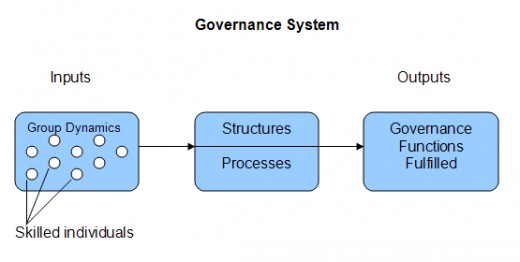
Advanced IT Governance: Like AI, Blockchain also suffers from minor limitations. Managing Zettabytes of data in Blockchain can be an uphill task. AI can provide governance mechanism to Blockchain for managing the data. Agents can interact with physical environments in a better way with this advantage.
Conventional computing lacks the intelligence needed to operate Blockchain. AI can deliver the computational force to Blockchain for processing large amounts of data. For example, AI algorithms can be used to mine blocks and verify transactions at accelerated speed. This will help in harnessing more value from the Blockchain.
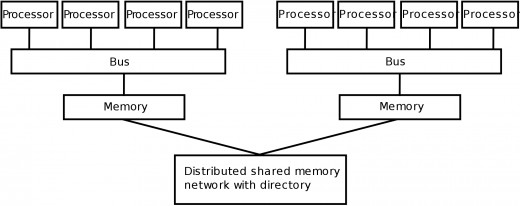
Distributed Computing: Another emerging possibility of the AI Blockchain fusion is distributed computing. Blockchain can enable a peer-to-peer networking for AI technologies. Data can be fed into Blockchain from a variety of sources and made available for different AI purposes. A distributed computing environment can be set up for stakeholders participating in a peer-to-peer network.
The data becomes less susceptible to natural calamities and threat actors as it is stored in a decentralized system. The data can be preserved in a better way.
Enhanced AI Modeling: AI modeling is heavily dependent on large-scale data streaming. However, during the process, many enterprises feed inaccurate data into the database. This dump data results into malfunctioning of sensors, ultimately impacting the outcome. All this can be avoided with the help of AI Blockchain fusion. Blocks of verified information will ensure that only credible data is being delivered to backend systems. Abnormal datasets can be eliminated on the fly. Teams can build enhances AI models that can improve results dramatically.
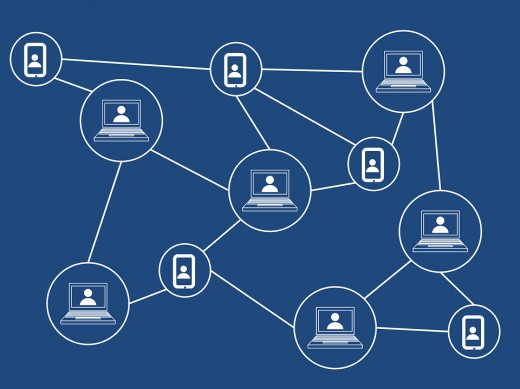
Moving Ahead: What Your Enterprise Needs to Know?
Blockchain can provide a robust backbone for AI models. It can simplify learning & decision-making process and reduce operational cost by 70%. The combination will allow start-ups to develop composable services and leapfrog other bigger players in the market. Users can define how a data set should be defined for specific use cases. Machines can understand human behavior and respond faster in a better way.
Both AI and Blockchain are two ingenious innovations which are getting increased market acceptance. These technologies have emerged as one of the most promising technologies of the recent era. They have robust use cases.and they can upend industries in unseen ways. Experts believe that synthesis between both technologies can alter the business landscape in many ways. Using these technologies in combination can have a multitude of benefits. But there is a lack of standards for integrating these technologies into a single unit. Persistent technical problems will impede the adoption of Blockchain & AI. Therefore, caution must be exercised before integrating them at an enterprise level. Inadequate synchronization can have blowbacks.
Blockchain & AI fusion will require a stable foundation that supports core business processes. It is important to compare data centers and evaluate every process & subprocess involved in the system. The framework should have necessary elements like network permissions, colocations, governance, building & facility, compliance and security, service and operations, etc. Impractical misalignment between these elements can adversely impact the business outcome.
Deploying all this is easy but enabling these components will require top to bottom integration. Enterprises will need layered integration or intelligent mesh for leveraging both technologies in combination. There will be many protocols, business rules, and algorithms that also need to be integrated. The next big challenge will be combining these siloed architectures with different architectures and underlying models. All this can be simplified with an enterprise-class integration solution. The right solution can connect technologies in a better way and help enterprises in setting up an overarching business benefits framework.



